For children, playtime is often the best time. They use their imaginations to create adventures and do things that aren’t possible in real life, strengthening their language skills. Play is also an essential tool for supporting speech development. As children interact with toys and other children, they learn about narratives-taking turns, following stories, and understanding what’s happening around them.
Play is one of the most important ways children learn
Play occurs in many different forms, and some examples are imaginative play, classroom simulations, and play dates with friends. It can also be how children develop physical strength and coordination. Several factors affect the value of play for children, including their age and stages of development.
As a child grows older, they become more interested in toys that serve a purpose. For example, a three-year-old may prefer to play school with a play-kitchen set rather than holding her stuffed animals hostage. As children grow older, their desire for toys that reflect real-life increases.
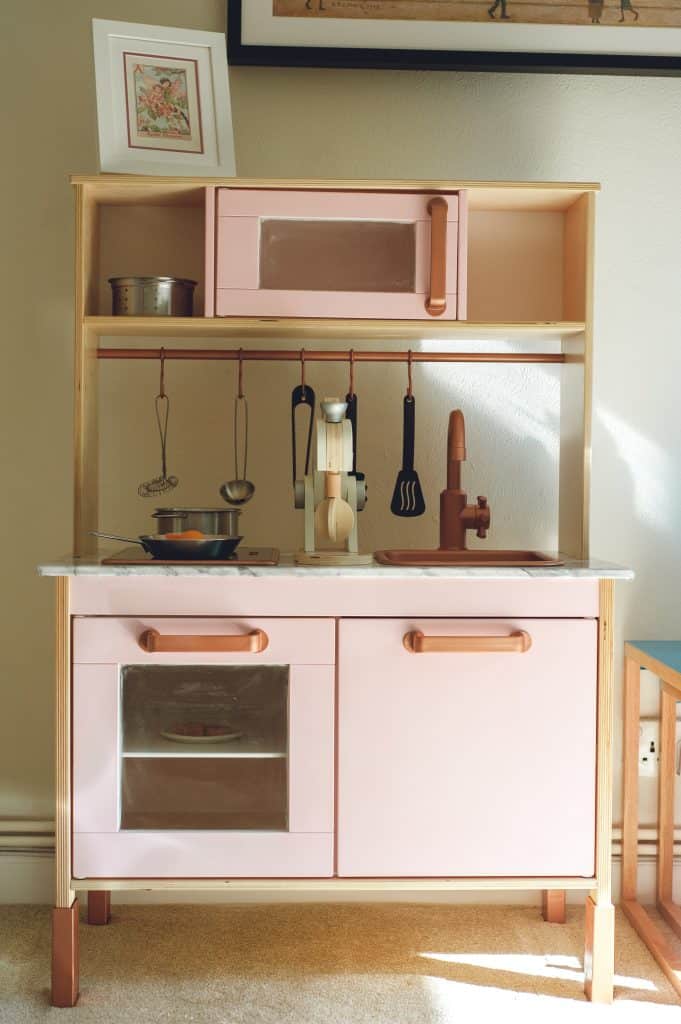
Children aged one and two years old prefer to play with things like simple wooden boards or blocks. Once they get a little older, toys like building blocks benefit them because they allow them to experiment and interact with different materials and objects.
Think Like Scientists, Actors, and Authors – Yes It is Possible
The earlier children engage in imaginative play, the better prepared they will be to engage in complex language, which is critical for learning.
Imaginative play allows children to think like scientists, actors, and authors and helps them realise their own strengths and viewpoints. Children need to engage in imaginative play because it helps them work through and express their feelings. Imagining they’re a superhero like Superman or Spiderman allows them to take on big emotions without all the consequences of pretending to be someone or something dangerous.
Play also requires effort, which is another pre-literacy activity. The process of pretending to be something or someone else, talking through emotions and feelings that are hard for children to talk about in their everyday lives, requires work. It takes mental energy that involves visualisation and imagination, which all helps children strengthen their language skills. They also become better problem solvers when they play. If something doesn’t go their way, it’s an opportunity for them to try new things. For example, if a child is playing with toy soldiers and the enemy takes over, they may decide to work together with their soldiers to get rid of the enemy. This type of thinking can help children solve conflicts with other people.
With all of these ways that play benefits children, it’s no wonder so many parents and caregivers try to give their children the best toys possible.
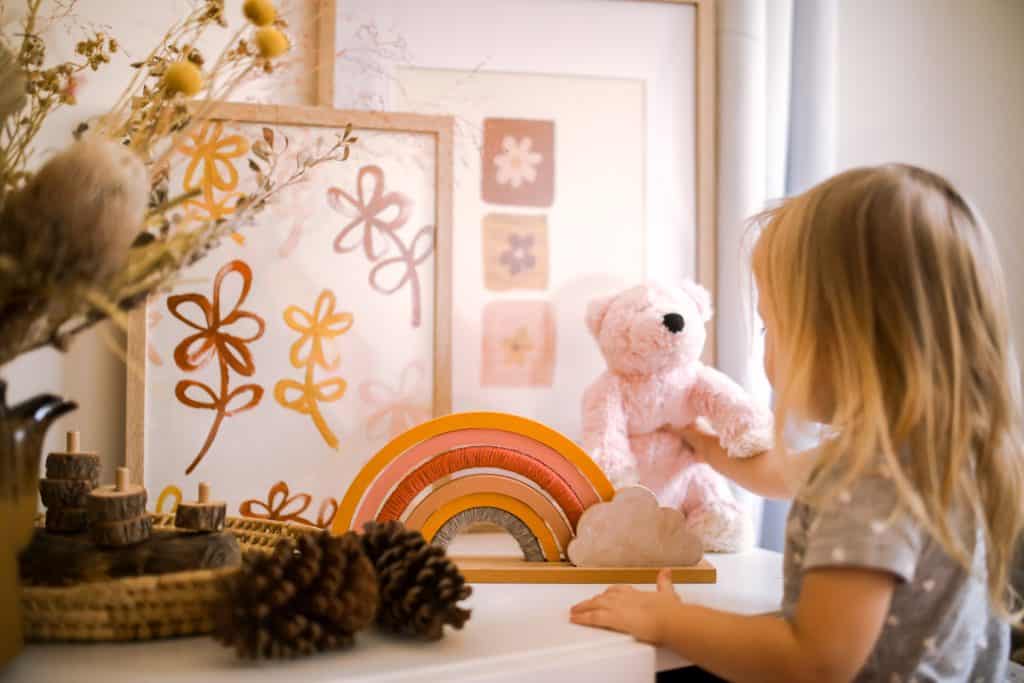
Toys have more benefits than Just Passing Time
Toys are not only beneficial for language skills, but they also help build cognitive skills like memory, creativity and problem-solving. For example, playing with wooden blocks that are different shapes, sizes and colours can help children recognise patterns. Some people might think that memorising where all the pieces go is just repetition, but it’s much more than that. It requires energy because children have to remember where all of them go-not just simple cubes or blocks. They also need to recognise which block goes where which requires memory.
As children get older, they become less interested in toys that don’t serve a purpose. For example, at the age of three, children may prefer to play school with a kitchen set rather than holding their stuffed animals hostage. Around the age of four, children start to develop a sense of self and want toys that reflect that. They may prefer dolls or action figures over blocks or wooden boards. As children get older, their desire for toys that reflect real-life increases.
Toys Play A Massive Part In Language Development
Toys that allow children to express feelings are beneficial for their language development. As they grow up, children become more interested in toys that help them imitate the real world. As they do this, their imagination and creativity develop along with it. They’re able to think about how toys work and what they would have to do to create a certain toy themselves.
When children play with other children, their language development is also boosted. Playtime shouldn’t be limited to one-on-one but also between groups of children. Children learn about narratives, following stories and making sense of what’s around them by playing with friends or siblings. They’re able to learn how to take turns and how the game works while playing together.
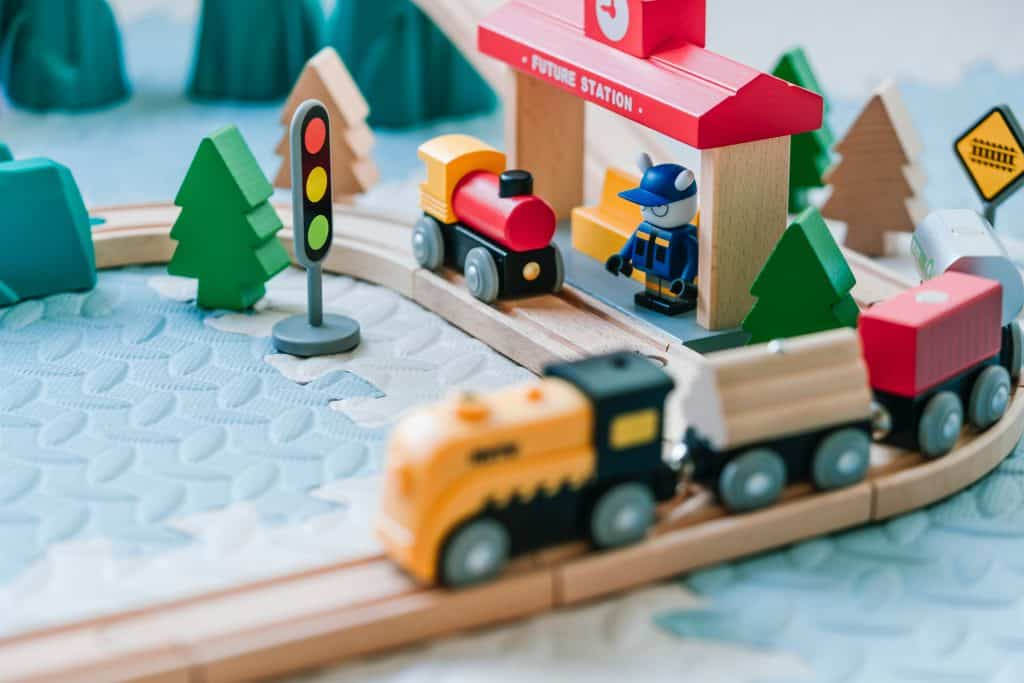
It can be hard to pick out which toys are best for your child when thinking about all of these factors. If a child seems to be really interested in dolls, there’s no point in forcing them to play with other toys. As they get older and more mature, you can slowly introduce new toys or structures for them to play with or even create their own fun games! Since they develop at different rates, you must keep up with their interests, so they’ll get the most benefit from playtime.
What to Look for in a Toy
For children, playtime is often the best time. They use their imaginations to create adventures and do things that aren’t possible in real life, strengthening their language skills. Play is also an important tool for supporting speech development. As children interact with toys and other children, they learn about narratives-taking turns, following stories, and understanding what’s happening around them.
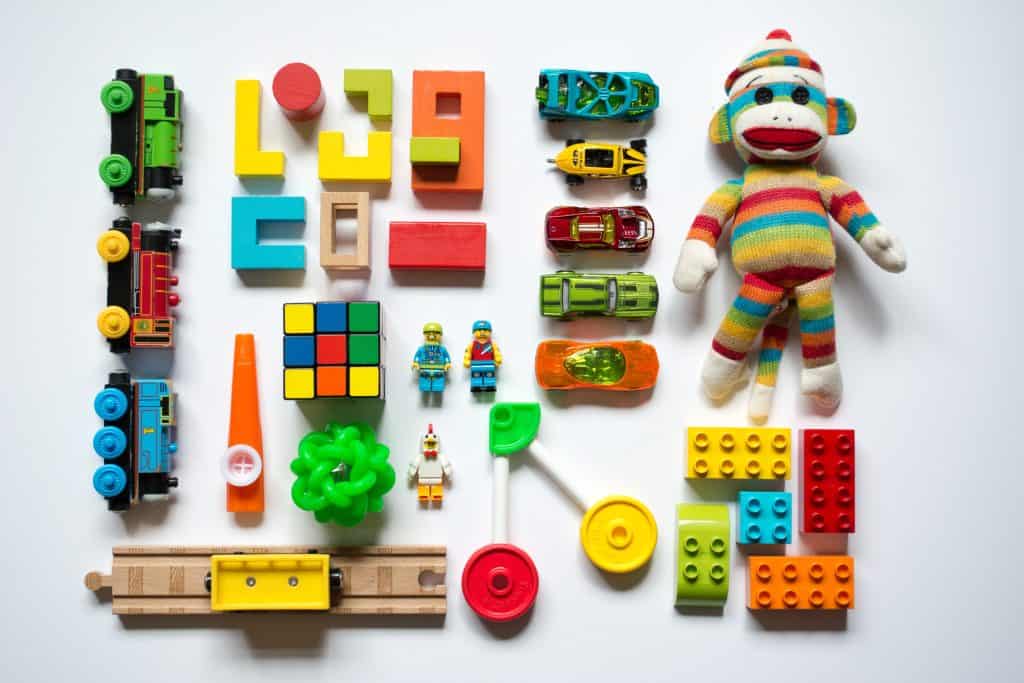
Looks are definitely not everything when it comes to buying something for your children. This may seem obvious, but sometimes we get caught up in finding that perfect toy and forget what’s really important that our little ones enjoy it! Of course, the toy should meet all safety requirements and come from a reliable manufacturer, but don’t forget that children should like the product for it to be effective.
The Importance of Imagination in Developmental Growth
Children use their imaginations to create adventures and do things that aren’t possible in real life. They strengthen their language skills as they use playtime to interact with toys and other children, learning about narratives-taking turns, following stories, and understanding what’s happening around them.
When a child has a toy that stimulates their imagination and creativity, they grow and develop by using their mind creatively. The child’s mind expands as they think about what has happened in the story and start developing their own ideas for play. At the end of the day, we want toys that entertain our children and their imaginations.
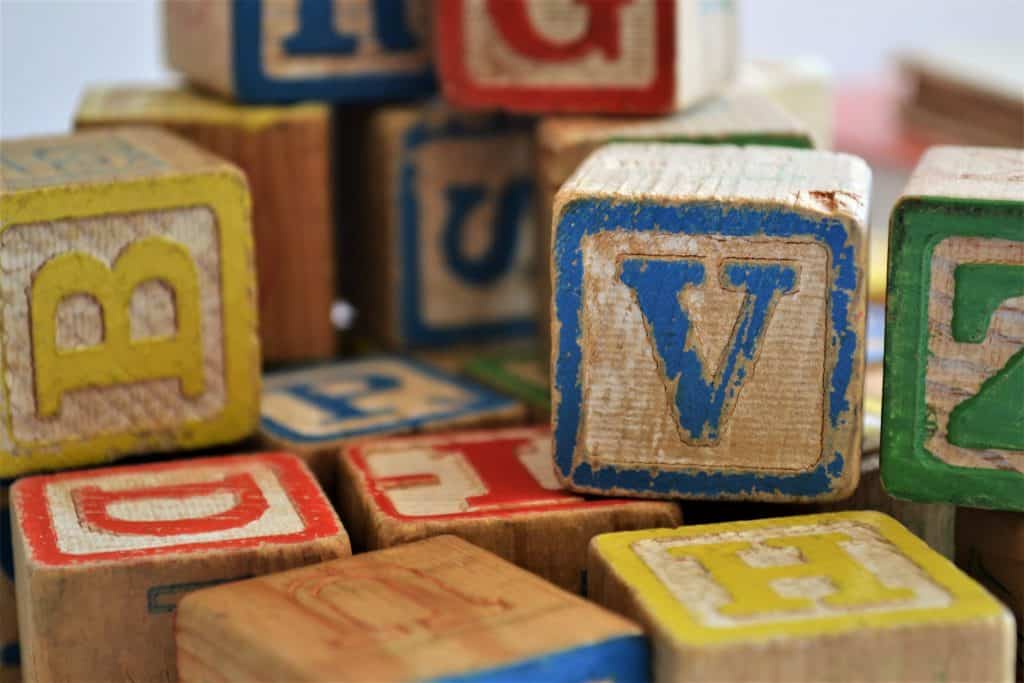
We want them to enjoy playing with whatever they get! Of course, certain factors like safety and durability should be considered, but if children don’t like it, they may not understand what you’re trying to accomplish by buying it for them.
If you have enjoyed reading this then please follow us on Facebook for more great content.

